


Choosing the right bicycle can be a daunting task, especially with the wide variety of options available. Among the most popular choices are fat bikes and mountain bikes (MTBs), each designed for different terrain and riding preferences.
Read More : ” Are Mountain Bikes Harder To Padel? “
In this article, we’ll explore the key differences between these two types of bikes and help you determine which one might be the best fit for your needs.
So, let’s answer the question: Which cycle is best fat bike or MTB?
Fat bikes are known for their oversized tires, typically ranging from 3.8 to 5 inches, which provide excellent traction and stability on soft and loose surfaces like sand, snow, and mud.
They are ideal for off-road adventures in challenging terrains, making them a popular choice for exploratory riding.
On the other hand, mountain bikes are designed with a wide range of capabilities, catering to various trail types and riding styles.
MTBs come with different suspension options, including hardtail and full suspension, allowing riders to tackle rough trails with ease and precision.
In this comprehensive comparison, we’ll delve into the distinct characteristics of both fat bikes and mountain bikes, considering factors like terrain, handling, comfort, and versatility.
By the end, you’ll have a clearer understanding of which cycle is best suited for your biking endeavors.
So, let’s embark on this exciting journey of exploring fat bikes and mountain bikes and finding the perfect match for your cycling preferences.
Related : ” Hybrid VS MTB Cycle “
Terrain and Riding Conditions: Where Do You Ride?
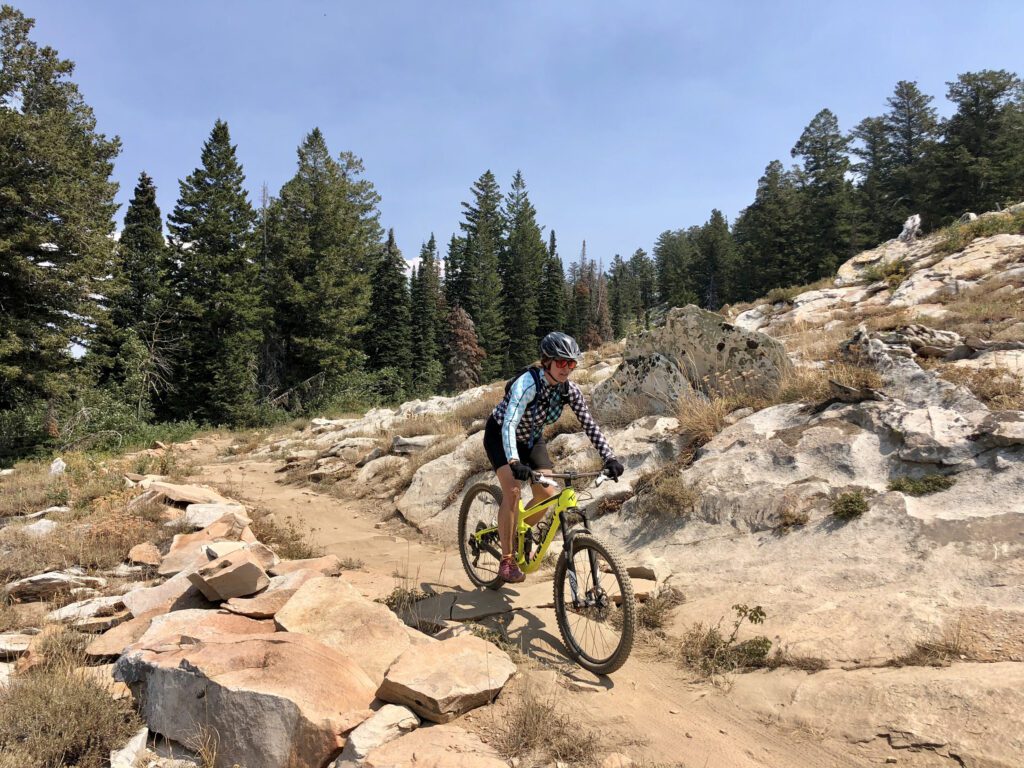


Terrain and riding conditions are essential factors to consider when choosing between a fat bike and a mountain bike (MTB).
Read More : ” Is Mountain Biking Hard? “
Fat bikes are designed with oversized tires that are much wider than traditional mountain bike tires.
These wide tires provide a larger surface area and lower tire pressure, which results in improved traction and stability on soft and loose terrains like sand, snow, and mud.
This makes fat bikes an excellent choice for off-road adventures in extreme weather conditions and challenging environments.
On the other hand, MTBs are built for a wide range of terrains, including rocky trails, singletracks, and technical downhill descents.
They are equipped with suspension systems, usually front and rear, that absorb shocks and bumps, providing enhanced control and maneuverability on rough terrain.
This allows mountain bikers to tackle various obstacles and challenges they might encounter on their rides.
When deciding between a fat bike and an MTB, it’s essential to assess the types of terrain you encounter most frequently.
If you find yourself frequently riding on soft and challenging surfaces like sand or snow, a fat bike may be the better choice for you.
However, if your riding adventures encompass a mix of technical trails and varied terrains, an MTB will likely be the more suitable and versatile option.
Ultimately, both fat bikes and MTBs have their advantages, and the best choice depends on your riding preferences and the specific environments you plan to explore.
Understanding the differences between the two types of bikes and assessing your typical riding environment will help you make an informed decision that maximizes your enjoyment and performance on the trails.
Read More : ” Is Cycling Harmful For Knees? “
Tire Width and Traction: Advantages of Fat Bikes



Tire width and traction are crucial aspects that set fat bikes apart and provide them with distinct advantages over traditional mountain bikes.
Related : ” Difference Between Mountain Bike And Bmx “
Fat bikes are characterized by their exceptionally wide tires, typically ranging from 3.8 to 5 inches or even more. The increased tire width allows fat bikes to “float” on soft and loose surfaces like sand, snow, mud, and even rocky terrain.
The broader tires create a larger contact patch with the ground, spreading the rider’s weight over a larger area.
This results in improved traction and stability, allowing fat bikes to grip better on challenging terrains, making them ideal for off-road adventures in various weather conditions.
One of the key advantages of fat bikes is their ability to ride on surfaces where conventional mountain bikes might struggle or become unstable.
The wider tires can handle lower tire pressures, which further enhances their ability to conform to uneven terrain and provide a more comfortable ride.
Fat bikes are also suitable for riders who want to explore remote or less-traveled locations, as the improved traction allows them to handle loose and unpredictable surfaces with ease.
However, it’s essential to consider that the increased tire width can lead to more rolling resistance on smoother surfaces, making fat bikes less efficient on hard-packed roads or trails.
Additionally, the wide tires can add weight to the bike, which might affect acceleration and handling compared to traditional mountain bikes.
In conclusion, fat bikes excel in challenging conditions and terrains, providing enhanced traction, stability, and the ability to tackle various obstacles.
If you frequently ride on soft and unpredictable surfaces or crave adventures in snowy or sandy landscapes, a fat bike might be the perfect choice for you.
Suspension Systems: Comparing Fat Bikes and MTBs
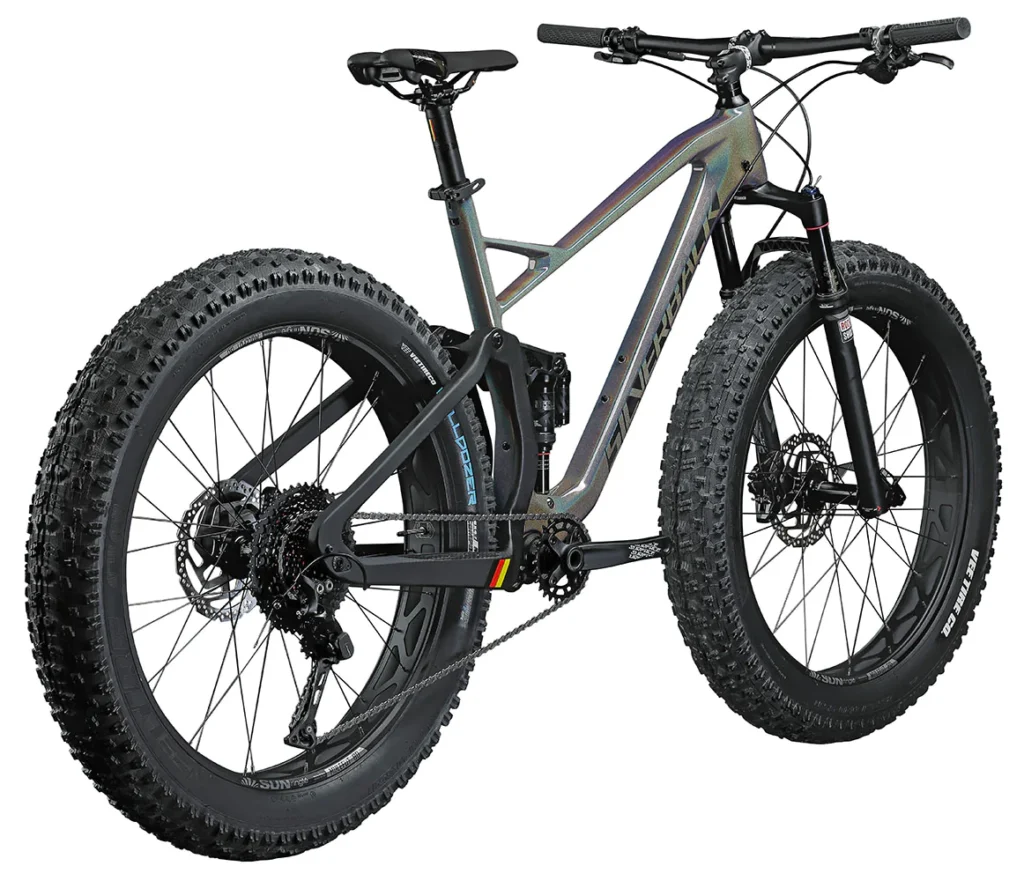


Suspension systems play a vital role in determining the riding experience of both fat bikes and traditional mountain bikes (MTBs).
The primary difference between the two lies in the type of suspension they use.
Fat Bikes:
Fat bikes are designed to be versatile and able to handle various terrains, including soft and loose surfaces like sand and snow. Most fat bikes come with rigid frames, meaning they do not have any suspension forks or rear shock absorbers.
Instead, their wide tires act as natural suspension, absorbing small bumps and providing a cushioned ride.
The lack of traditional suspension components on fat bikes makes them lighter and more straightforward in design, suitable for riders who prefer simplicity and want to focus on exploring challenging terrains.
Mountain Bikes (MTBs):
Traditional mountain bikes are equipped with suspension forks at the front and often have a rear shock absorber, especially on full-suspension MTBs.
The front suspension fork absorbs impacts and vibrations from the front wheel, enhancing control and comfort when riding over rough and rocky trails.
Full-suspension MTBs have both front and rear suspension, offering better handling and traction on technical terrains, allowing riders to take on more aggressive downhill descents and challenging obstacles.
Choosing Between Fat Bikes and MTBs:
The choice between fat bikes and MTBs with suspension systems depends on your riding preferences and the type of terrain you frequently encounter.
If you enjoy exploring soft, sandy, or snowy terrains and prioritize stability and traction over speed, a fat bike with its wide tires may be more suitable for you.
On the other hand, if you primarily ride on technical trails with rough terrain and want a smoother, more controlled experience, a mountain bike with suspension forks and/or rear shock will be a better fit.
In conclusion, the decision between a fat bike and an MTB with suspension boils down to your riding style and the type of terrain you plan to conquer.
Both options have their unique advantages, so carefully consider your needs and preferences before making your choice.
Speed and Handling: Performance Comparison
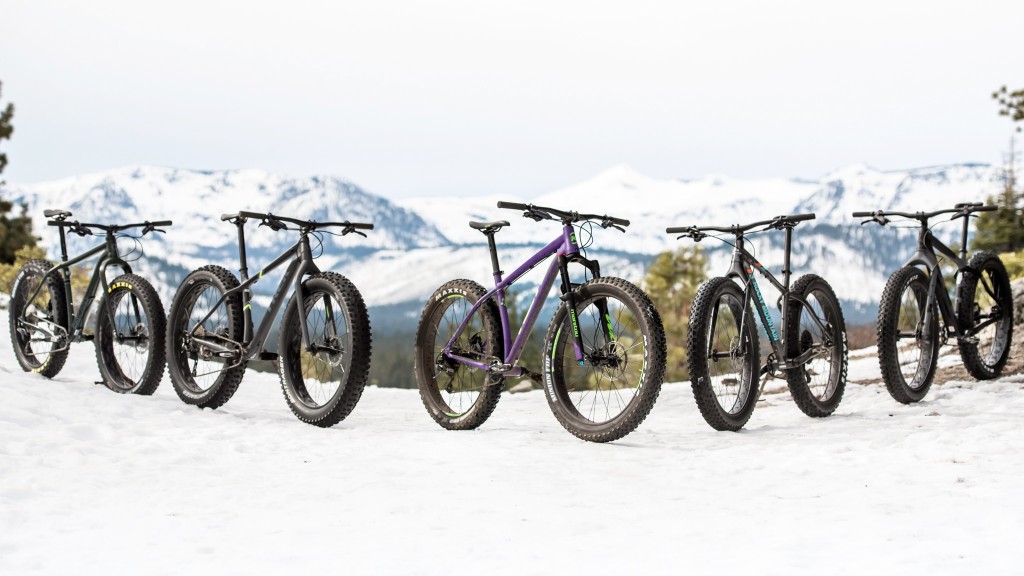


Speed and handling are critical aspects to consider when comparing fat bikes and mountain bikes (MTBs).
Each type of bike offers distinct characteristics that impact their performance in different riding scenarios.
Speed:
Mountain Bikes (MTBs):
MTBs are designed for speed and agility on various terrains. They typically have lighter frames, narrower tires, and advanced gear systems that allow riders to pedal efficiently and reach higher speeds on smooth surfaces and downhill sections.
MTBs excel in cross-country and trail riding, where speed and quick maneuverability are essential.
Fat Bikes:
Fat bikes are not known for their speed on traditional trails. Their wider tires create more rolling resistance, making them slower on smooth surfaces like pavement or hard-packed dirt.
However, where fat bikes truly shine is in challenging conditions such as sand, snow, or loose terrains, where their wide tires provide better traction and stability.
Handling:
Mountain Bikes (MTBs):
MTBs are engineered for precise handling and responsiveness, thanks to their suspension systems.
The suspension fork at the front and rear shock (in full-suspension MTBs) absorb impacts, allowing riders to maintain better control and stability when navigating technical terrains and obstacles.
Fat Bikes:
Fat bikes offer a different kind of handling experience due to their wide tires. While they may not be as nimble on tight corners as MTBs, they provide exceptional stability and control on soft and uneven terrains.
The larger contact patch of the tires improves traction and prevents sinking in sand, snow, or mud, making fat bikes well-suited for off-road adventures.
Choosing Between Speed and Handling:
The choice between a fat bike and an MTB comes down to your riding priorities and the type of terrain you frequent. If you prioritize speed and precision handling for cross-country or trail riding, an MTB is a better option.
However, if you seek versatility and the ability to conquer various terrains, especially soft surfaces, a fat bike might be the more suitable choice.
In summary, MTBs excel in speed and handling on traditional trails, while fat bikes offer superior performance on challenging and unpredictable terrains.
Your riding preferences and the type of adventure you seek will dictate which bike aligns best with your needs.
Comfort and Riding Experience: Fat Bike vs MTB
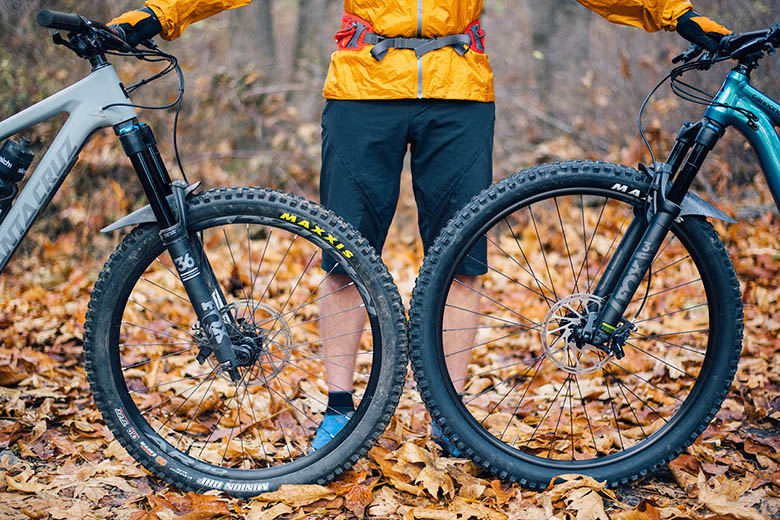


Comfort and riding experience play a crucial role in choosing between a fat bike and a mountain bike (MTB).
Both bikes offer unique features that impact how they feel on the trails and influence the overall riding experience.
Comfort:
Fat Bikes:
Fat bikes are renowned for their exceptional comfort due to their wide tires and low tire pressure. The increased air volume in fat bike tires acts as a natural suspension, absorbing bumps and vibrations on rough terrains.
This feature allows riders to enjoy a smoother and more comfortable ride, especially on challenging and uneven surfaces like snow, sand, and rocks.
Mountain Bikes (MTBs):
MTBs offer comfort through their suspension systems. Full-suspension MTBs have both front and rear shocks, while hardtail MTBs have only a front suspension fork.
The suspension components absorb impacts and provide a smoother ride on trails with rocks, roots, and technical features.
Riding Experience:
Fat Bikes:
Riding a fat bike provides a unique experience that allows cyclists to venture into terrains that are inaccessible to other bikes. The wide tires provide remarkable stability, making fat bikes ideal for exploration and adventure.
Fat biking excels in soft and unpredictable conditions, offering a fun and exciting riding experience.
Mountain Bikes (MTBs):
MTBs are designed for specific riding styles and excel on well-maintained trails. Their suspension systems and narrower tires enhance agility and responsiveness, making them excellent for technical trails, downhill descents, and cross-country riding.
MTBs are versatile and provide a thrilling experience for riders seeking speed and maneuverability.
Choosing Between Comfort and Riding Experience:
Deciding between a fat bike and an MTB depends on the type of riding experience you desire. If you prioritize comfort and want to explore diverse terrains with ease, a fat bike may be the better choice.
On the other hand, if you seek an adrenaline-pumping riding experience on technical trails or plan to participate in cross-country races, an MTB may suit your needs better.
In conclusion, fat bikes offer superior comfort and are perfect for off-road adventures, especially on soft terrains. MTBs, with their suspension systems and narrower tires, deliver an exhilarating riding experience on well-groomed trails.
Your preferences and the type of riding you plan to do will guide you toward the bike that best fits your needs.
Price and Budget: Making an Informed Decision
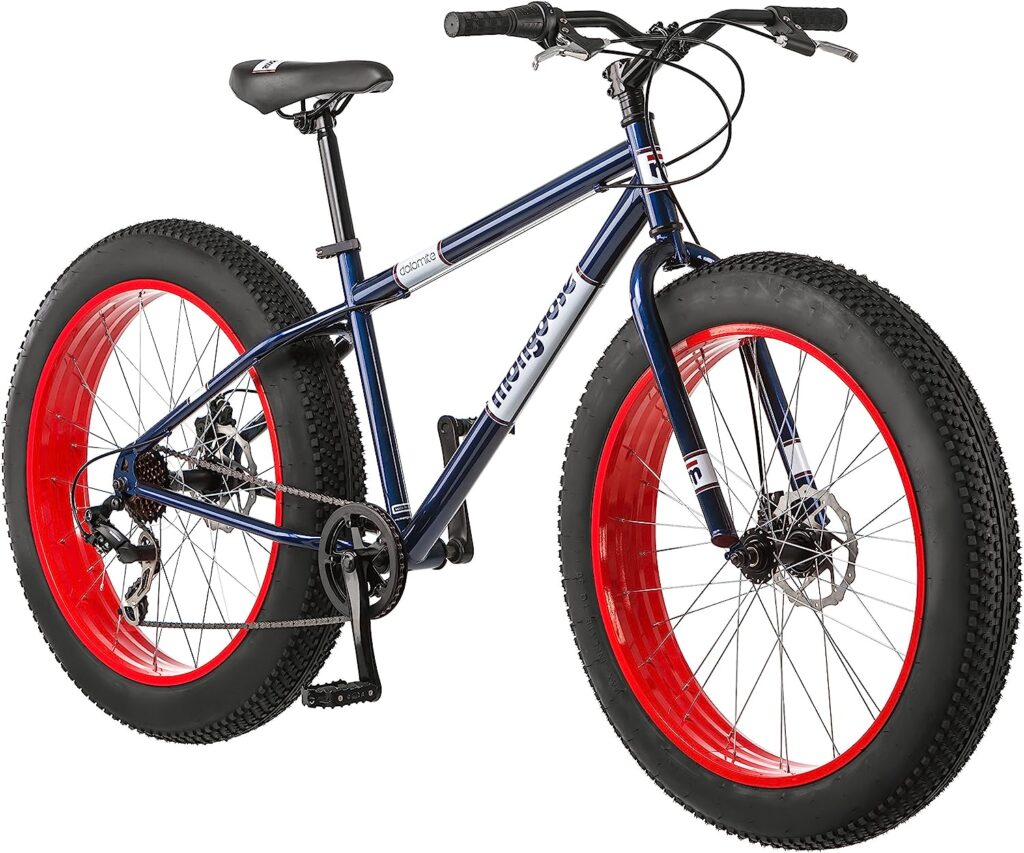


Price and budget are important considerations when deciding between a fat bike and a mountain bike (MTB).
Both types of bikes come in a wide range of prices, and understanding how they align with your budget is crucial for making an informed decision.
Fat Bikes:
Fat bikes tend to be more expensive than entry-level mountain bikes. The main reason for their higher price is the specialized components and unique features they offer.
The wide tires, specific frames, and additional engineering required for fat bikes contribute to their cost.
Mountain Bikes (MTBs):
MTBs come in a variety of price points, ranging from budget-friendly options to high-end models. Hardtail MTBs, which have front suspension forks only, are generally more affordable than full-suspension MTBs.
The complexity of the suspension system and the materials used in the frame affect the cost of MTBs.
Finding the Right Balance:
When considering price and budget, it’s essential to find the right balance between what you can afford and the features you need for your preferred riding style.
If you have a limited budget, entry-level mountain bikes can be an excellent starting point, offering a good compromise between price and performance.
Investment and Long-Term Use:
Consider your commitment to mountain biking and how often you plan to ride. If you are a casual rider or just starting, it might be wiser to start with a more affordable mountain bike.
On the other hand, if you are a dedicated rider or have specific needs for technical terrain or adventurous explorations, investing in a higher-quality bike might be more suitable in the long run.
Test Rides and Comparisons:
Before making a final decision, it’s crucial to test ride different bikes within your budget range. Comparing the riding experience and features of fat bikes and MTBs will help you determine which bike offers the best value for your money.
In conclusion, while fat bikes generally come with a higher price tag, there are MTB options available to suit various budgets. Consider your riding goals, frequency, and the level of investment you are comfortable with to make an informed decision.
Prioritize features that align with your riding style and preferences to ensure you get the most out of your mountain biking experience.
Versatility and Adaptability: Choosing the Right Bike
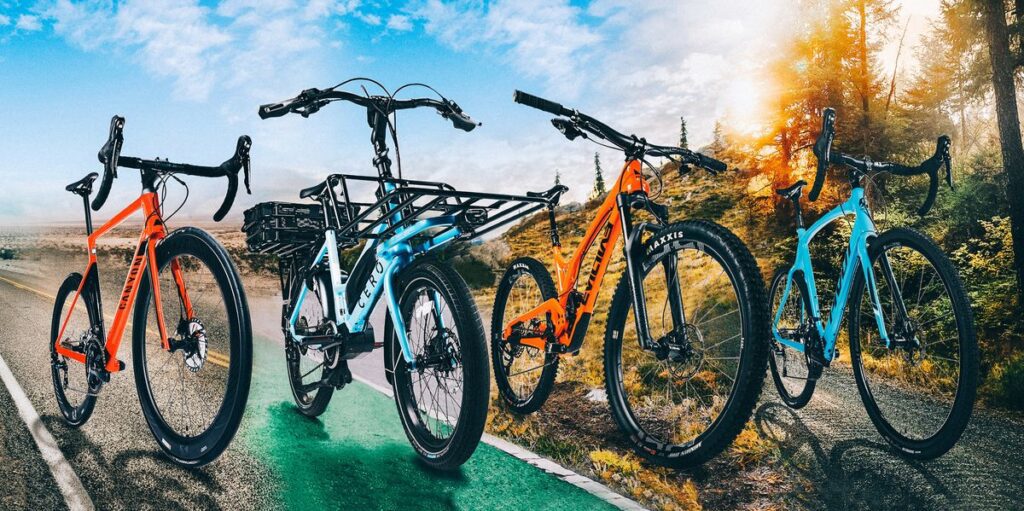


Versatility and adaptability are key factors to consider when choosing between a fat bike and a mountain bike (MTB). Both types of bikes have distinct strengths that make them suitable for different terrains and riding conditions.
Understanding their versatility and adaptability will help you select the right bike for your needs.
Fat Bikes:
Fat bikes are known for their exceptional adaptability to various terrains, especially soft surfaces like snow, sand, and mud. The wide tires provide ample traction and flotation, allowing fat bikes to glide over loose and challenging terrain with ease.
They excel in off-road adventures, making them an excellent choice for explorations in areas where traditional bikes might struggle.
Mountain Bikes (MTBs):
MTBs are highly versatile and come in different configurations to handle a wide range of terrains. Hardtail MTBs with front suspension are well-suited for cross-country trails, light off-road riding, and smoother surfaces.
Full-suspension MTBs, on the other hand, offer increased versatility, making them ideal for technical trails, downhill descents, and more challenging off-road terrain.
Terrain Considerations:
Consider the primary type of terrain you will be riding on. If you plan to conquer snow, sand, or other soft surfaces, a fat bike’s wide tires and flotation capabilities make it an excellent choice.
For a mix of on-road and off-road riding, or if you prefer technical trails with obstacles and jumps, a mountain bike with suitable suspension and tire options may be more suitable.
Riding Conditions:
Evaluate the typical weather and trail conditions in your area. If you encounter extreme weather conditions or uneven terrains frequently, a fat bike’s stability and traction can provide a more enjoyable riding experience.
For riders looking for more speed and agility on smoother trails, an MTB can offer better handling and performance.
Bike Setup and Customization:
Both fat bikes and MTBs can be customized to suit specific needs. Consider the ability to add accessories and make adjustments to the bike according to your preferences.
Some riders prefer the ability to mount racks, fenders, and other gear on their bikes, which may influence your decision.
In conclusion, the choice between a fat bike and a mountain bike depends on your riding style, preferred terrain, and riding conditions.
Fat bikes excel in soft and challenging terrains, while mountain bikes offer greater versatility for a wider range of riding styles.
Consider the specific features that align with your riding goals and explore the various options available to find the best fit for your biking adventures.
Which One To Choose?
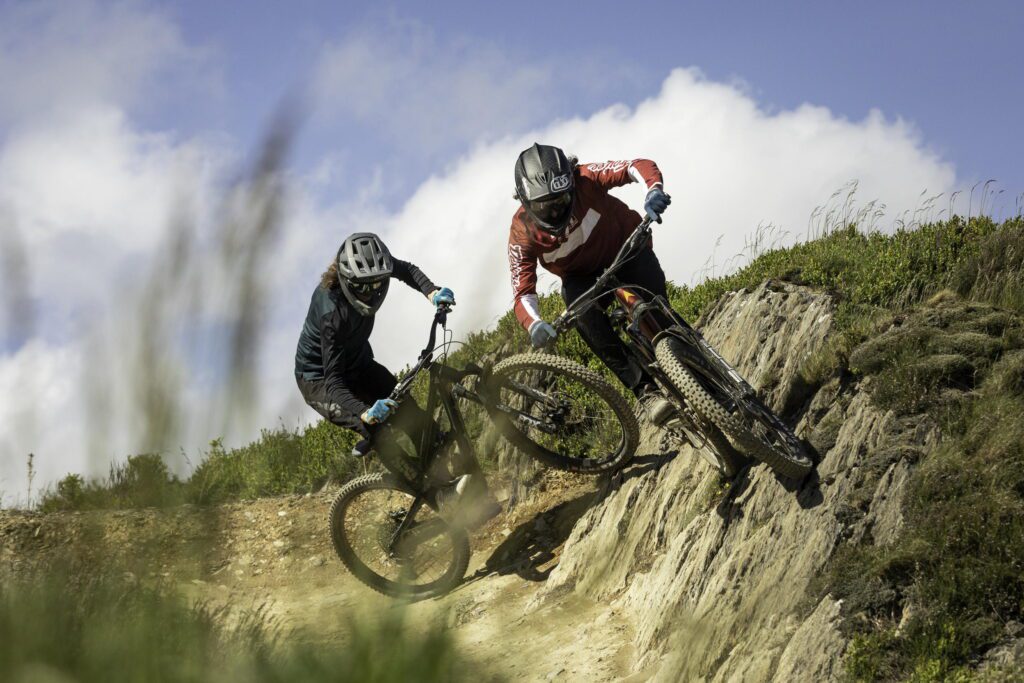


The best cycle between a fat bike and a mountain bike (MTB) depends on your specific needs, preferences, and riding style.
Both types of bikes have unique strengths that make them ideal for different purposes.
Choose a Fat Bike if:
- You plan to ride on soft surfaces like snow, sand, and mud.
- You want superior traction and stability on challenging terrains.
- You enjoy off-road adventures and exploring areas where traditional bikes may struggle.
- You prioritize a smooth and comfortable ride.
Choose a Mountain Bike (MTB) if:
- You prefer a versatile bike that can handle a variety of terrains, including on-road and off-road trails.
- You want a bike with different suspension options for various riding styles.
- You enjoy technical trails, downhill descents, and more challenging off-road terrain.
- You value speed, agility, and precision handling.
Ultimately, the best choice depends on your riding preferences and the type of terrain you most frequently encounter. Consider where you plan to ride, the specific features you need, and your overall riding goals to make an informed decision.
Both fat bikes and MTBs offer exceptional riding experiences, so selecting the best one is a matter of personal preference and intended use.
A Detailed Comparison Table Between Both
Here is a comparison table between a Fat Bike and an MTB (Mountain Bike):
| Criteria | Fat Bike | MTB (Mountain Bike) |
| Terrain | Sand, Snow, Soft Surfaces | Varied – Trails, Mountains, Roads |
| Tire Width | Wide, Provides Extra Traction | Standard, Suitable for Most Trails |
| Suspension System | Rigid or Front Suspension | Front and Rear Suspension Options |
| Speed and Handling | Slower, Steady on Soft Terrain | Faster, Agile on Technical Trails |
| Comfort and Stability | High Stability, Smooth Ride | Good Stability, Depends on Model |
| Versatility | Limited, Primarily for Soft Terrain | High, Suitable for Various Trails |
| Price Range | Moderate to High | Moderate to High |
Please note that the best cycle for you depends on your specific riding needs, preferences, and the type of terrain you will be riding on
Both fat bikes and MTBs have their unique strengths, so it’s essential to consider what suits your riding style and preferences best.
Conclusion
In conclusion, when deciding which cycle is best, a fat bike or an MTB (mountain bike), it’s crucial to consider your specific needs and riding preferences. Each bike offers distinct advantages based on terrain and riding conditions.
If you primarily ride on soft surfaces like snow or sand and prioritize superior traction, the best cycle for you might be a fat bike. However, if you seek versatility, speed, and agility to handle various terrains and riding styles, an MTB could be the better choice.
Ultimately, the decision boils down to what suits your riding style and provides the most enjoyable experience on the trails. So, Which Cycle is Best Fat Bike or MTB? The answer lies in your unique preferences and requirements.
FAQ’s
Which cycle is best fat bike or normal cycle?
The best cycle depends on your riding preferences and terrain. If you mostly ride on soft surfaces like sand or snow, a fat bike is better. For general use, a normal cycle is more versatile.
Which type of cycle is best for riding?
The best type of cycle for riding depends on your specific preferences and needs. Mountain bikes are great for off-road trails, while road bikes are ideal for paved surfaces and longer distances.
Are fat bikes good or bad?
Fat bikes can be good for certain situations, such as riding on soft terrains like sand or snow. However, they may feel slower and heavier on regular trails compared to regular bikes.
Is MTB good for road?
Mountain bikes can be used on the road, but they are designed for off-road trails. They may not be as efficient or fast on smooth pavement as road bikes.
Is MTB good for long rides?
Mountain bikes can be used for long rides, but they may not be as efficient as road bikes. However, with the right setup and tires, they can still be comfortable for longer distances.
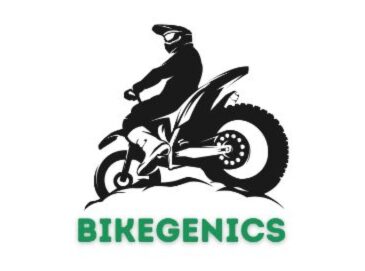


Welcome to Bikegenics, where passion meets performance! We are a leading online destination for all things related to mountain biking, dedicated to providing you with top-notch gear, expert advice, and an immersive community to fuel your two-wheeled adventures. With a commitment to excellence and a deep love for the sport, we strive to elevate your biking experience to new heights.
